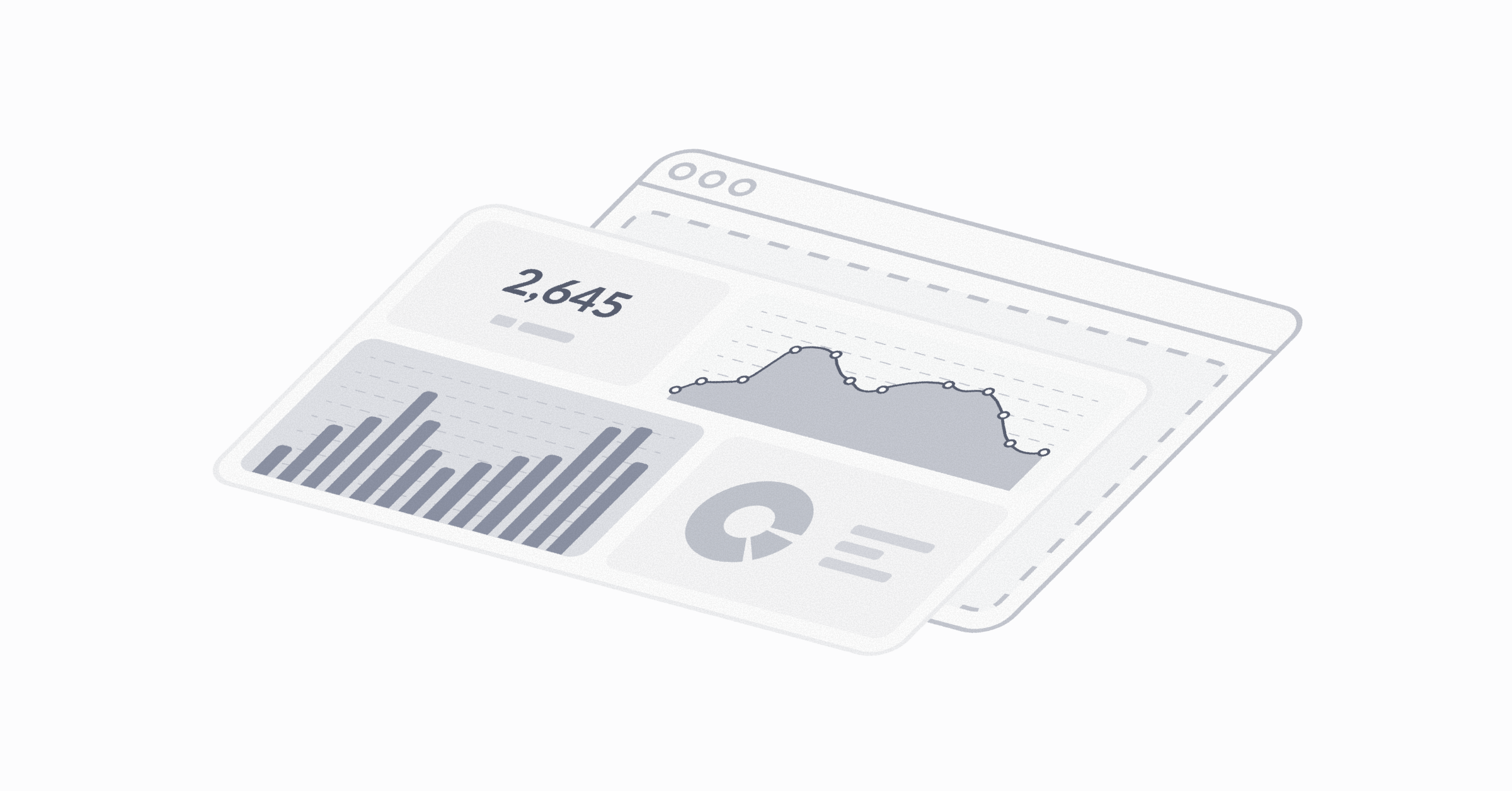Learn
Guides and tutorials on Metabase, analytics, data modeling, and more.
Start hereGetting started guides
Start here to get the basics of how to find your way around Metabase.
Metabase basics
Level up your Metabase skills.
Getting started
Get up and running with Metabase in 30 mins with video tutorials. Learn to ask questions, build charts, create dashboards, and use the core tools effectively.
Metabase concepts 4 min Find data 4 min Ask a question 4 min Create a dashboard 0 min Explore dashboards 3 min Filter and limit data 6 min 4 moreMetabase overview
What Metabase is and how it can help you.
A tour of Metabase 7 min Advanced Metabase features for data analysts 2 min Beyond BI: other problems you can solve with Metabase 4 minQuerying and dashboards
Identifying trends, building reports, setting up alerts, and more.
Create interactive charts 4 min Custom expressions 7 min Joins in Metabase 8 min Combining data from different databases 7 min Multi-level aggregation 2 min Searching in tables 5 min 23 moreAdministration
Guidance on running and administering Metabase at scale.
Admin overview 4 min How Metabase works with your database 5 min How to run Metabase in production 10 min Managing people in Metabase 6 min Guide to sharing data 6 min Keeping your analytics organized 7 min 16 moreEmbedding
How to share data with people outside your organization.
Strategies for delivering customer-facing analytics 7 min Publishing data visualizations to the web 11 min A Metabase mystery 8 min Multi-tenant self-service analytics 5 min Securing embedded Metabase 8 minGrow your data skills
Learn more about working with data.
Learn SQL
Learn SQL for data analysis, best practices, and debugging tips.
Introduction 1 min SQL querying tables 6 min SQL filtering by text 7 min SQL filtering by date 11 min Combining tables with joins 6 min SQL join types 7 min 10 moreDatabase fundamentals
Learn the basics of data and databases.
A short overview of databases 3 min Data types and metadata 2 min Database table relationships 4 min Measures and dimensions 3 min Analytics engineering for fact tables 18 min Data normalization 7 min 3 moreStrategies for analytics
Working with data in the real world.
Why you should regularly edit your dashboards 4 min Managing your information budget 2 min Don't use "data" as a crutch for lazy thinking 3 min Common data model mistakes made by startups 4 min Ten common analytics mistakes startups make 4 min The five stages of embedding grief 3 min 1 moreContinue learning
More ways to learn about working with data.
Not using Metabase yet?
Get up and running with a 14-day free trial in 5 minutes. Or get in touch with our sales team to talk to an expert.
-
Used by great companies
-
-
-
-
-
-
-
-










